Are you actually making a profit or just putting money in the bank that will eventually be spent on repair bills, damages, or some other unforeseen expense? If you don’t know—how can you feel good about your business?
Some think that just getting MORE CASH CALLS will ensure that their business is profitable. But, in most instances, that’s not where the problem lies.
In the movie Sling Blade, Dwight Yoakam’s character, Doyle Hargraves, plays the leader of this part-time, rinky-dink garage band. There’s a scene where he and the guys are all sitting around drinking and discussing their aspirations. No one’s happy with the band’s success, and after a few minutes, the discussion starts to get a little heated. Out of frustration, the drummer, Monty, pipes up and says “I’ll tell you what we need. We need some paying gigs.”
He believed that the solution to their problem was more paying gigs when what they really needed to get those paying gigs was something else, namely practice and a plan.
Of course more cash calls can increase profitability, if you’re rates allow it, but there’s a bigger obstacle to be overcome before you can really know if you’re making money, keeping accurate records.
Unfortunately many believe that paperwork is just a necessary evil. And because of this belief, it’s done haphazardly and put off until it absolutely positively has to get done. If that’s how you’re doing it you’re missing out on a huge opportunity to use bookkeeping as a tool to grow your business and increase profitability.
Below are some suggestions on how to take control of your books to know if you’re making a profit.
How To Increase Your Towing Company’s Profits
1. Use Separate Checking Accounts

To begin the process of getting control of your money and learning how to increase your towing company’s profits, you should start by maintaining two separate checking accounts, one for personal and one for business. The personal account should only be used for items not associated with your business. And all income and expenses associated with your business should be run through the business account. You should pay yourself a regular paycheck just like your employees and deposit that check into your personal account.
2. Use Accounting Software

Once you have separated business from personal, I suggest you use some sort of accounting software. I use Quickbooks Online and depending upon the features you get, it costs somewhere in the neighborhood of $20 dollars per month. The online version allows you to login wherever you are, and on as many computers as you like. You can accept credit cards through it and you can connect your bank account so you can know exactly how much money you have at all times.
3. Hire an Accountant

Next, you’ll want to seek out a trusted accountant to properly guide you through setting up your books and the types of deductions you should be taking. You’ll want to take advantage of every available deduction and loophole that exists, but you don’t want to make a mistake with the IRS. Only a licensed, competent accountant can help you here. Ask the successful businessmen and women that you know for a referral.
4. Use a Three-Copy Invoice Book
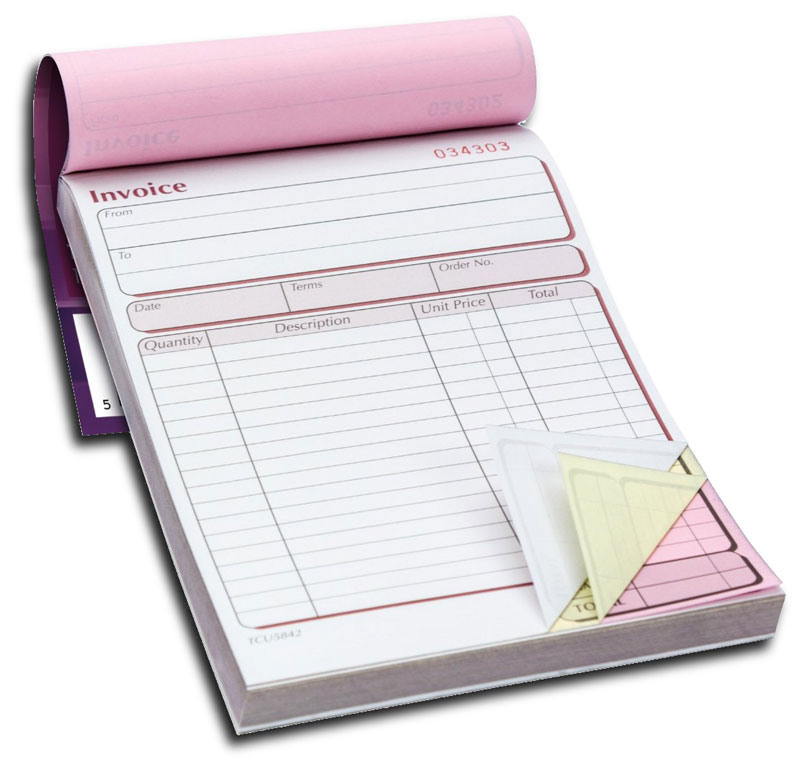
Purchase sequentially numbered three-copy invoice books and write out an invoice for every service that you provide. Personalize your invoices with your business name, address, and logo. To avoid duplicate invoice numbers, go with a company that will keep track of your last order so that the next time you place an order, the invoice numbers will follow.
Don’t Use Your Checking Account As Your Gauge
The problem with many business owners is that instead of using Profit and Loss Statements as a gauge for how their business is doing, they only look at the dollar amount in their checking account. But if an increase or decrease in receipts from payments on receivables causes your checking account to be up one month and down the other, you’re not really seeing a true representation of what’s going on.
Using Software To Increase Your Towing Company’s Profits
To provide real-world examples of how you can take control of your money, for the remainder of this article, I’m going to be using Quickbooks. If you are using accounting software other than Quickbooks, please know that the same principles will apply, but they may go by different names in your software.
In Quickbooks, under Transactions> Chart of Accounts, you will find a list of pre-existing accounts you can use, or you can create your own accounts. There are many types of accounts that will need to be set up with whatever software you choose. I suggest you ask your accountant for help in doing this, most have familiarity with Quickbooks, and you can send them an email invitation to join in.
I’m going to focus primarily on Income and Expense accounts and how to use them to get an accurate representation of your business’s health.
An income account is how money enters your business, and an expense account is how it leaves. Obviously, if more money is leaving each month than is coming in, your business is not profitable.
Label Your Income Accounts
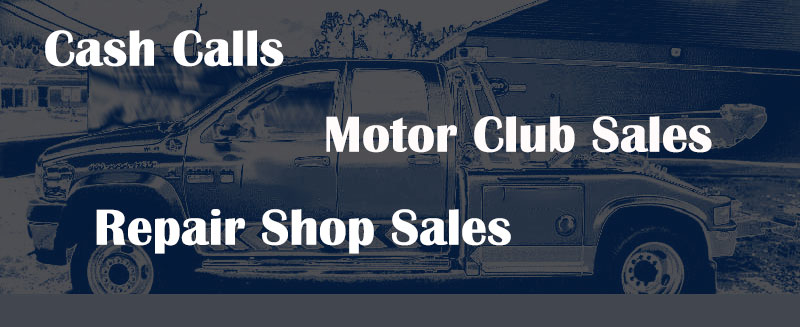
I suggest that you start by entering all of your customers into your software and then creating your own income accounts. Label the income accounts something like Motor Club Sales, Cash Calls, and Repair Shops. Then create a Service with the same name as each one of those accounts and assign that service to the appropriate account. You create a service by clicking on the cog in the upper right-hand corner and then navigating to “Products and Services.”
Create an Invoice for Each Call
After you’ve created your income accounts, you should start a new habit of creating a physical paper invoice for every tow, tire change, jump start, fuel delivery, and unlock you do throughout the day. And at the end of the day, enter each invoice into Quickbooks under the appropriate service.
For Example: If you do a tow for Geico, go to that customer’s account and click the green button that says “New Transaction,” then choose “Invoice”. If you’ve entered their information properly, when you created their customer account, the invoice should appear populated with their account information.
Next:
- Enter the date of service
- Enter the Product/Service type (which would be Motor Club Sales or whatever you’ve chosen)
- Add a description, if you like, with as much detail as you want
- Enter the dollar amount of the service
- Enter the Motor Club Purchase Order as the reference number
- Enter the invoice number (this should be the same as what’s on your physical invoice)
- Click Save (This will create a receivable item for this customer, which will increase the Asset account Accounts Receivable)
- Then file the physical invoice into your Geico folder.
When you receive payment for this invoice, you will then go back to that customer’s account in Quickbooks and find the corresponding invoice, match the date, invoice number, purchase order number, and dollar amount to ensure it’s the right one. Under the dollar amount will be a button that says “Receive Payment,” click that button, and you will have successfully recorded the payment.
Doing it this way will not only ensure that you record every sale but also that you’re being properly reimbursed for the service provided. Do this for every type of customer (cash customers, repair shops, and any other category you like.) If you choose, you can break it down even further by whether the service provided was a tow or a service call, like a tire change. Doing this will allow you to know what percentage of your calls are service calls and if it might be feasible to add a service truck to your fleet.
If you don’t want to create a separate customer account for every one of your cash calls, you can create a generic customer account just called Cash Calls. Then run all the calls that aren’t repair shops, motor clubs, and other accounts through that account. The thing to remember here is to be sure everything goes through your accounting software and then into your business checking account. Doing this will ensure you see a clear picture of how your business is doing.
Entering Expenses
The next thing you should do is create expense accounts that are specific to your business. Expense accounts for the towing business will be:
- Fuel Expense
- Insurance Expense
- Utilities Expense
- Marketing Expense,
- Repairs
- Tires
- Damages
- Phone
- Office Supplies
- Uniforms
- Licenses
- Professional Services
- Payroll Expense
- Interest Expense (Repayment on a loan contains both a reduction of the principal and an expense (Interest Expense) so you’ll be required to split that transaction)
Just like with Income accounts, Quickbooks allows you to create your own expense accounts or use the ones they’ve created. I suggest you create your own accounts by going back into Quickbooks under Transactions> then to Chart of Accounts.
After you’ve created your expense accounts, the next step is to enter all the bills as they are incurred.
Two Methods of Accounting
There are two methods of accounting you can choose from, Cash or Accrual. The Cash method accounts for income and expenses as income is received and expenses are paid. The Accrual method takes into consideration all the bills before you pay them and any Accounts Receivable you’ve yet to receive. I suggest you use the Accrual method because it will allow you to get a better representation of the health of your business at any one point in time.
So using the Accrual method (entering the bills on the date that you receive them), you will choose the expense account that a particular transaction falls under.
If you’re paying the electricity bill—that check would fall under Utilities Expense. If you’re buying new tires for your truck, that transaction would fall under Tires. And if you’re paying off a credit card that you’ve used for a variety of transactions, you’ll be required to go through your credit card statement and split that bill to reflect the dollars spent on each expense.
Consistency is The Key
The thing to remember is to enter every expense you incur into your software on the day that it incurs. Consistency is the key to success. If you do it for a couple of months and then drop the ball, you’ll be less likely to pick back up where you left off. Consider it just another part of the job, like answering the phones.
Generating Reports
After you’ve done all the work and created your Income and Expense accounts, and have been religious in your data entry, the next step is to see how well or how terrible you’re business is doing. There are a wide variety of reports that can be generated to paint this picture, but for this discussion, we’re only going to talk about a Profit & Loss Statement.
Profit & Loss Statement
In Quickbooks, go to Reports> Profit & Loss> Run. Here you can choose what date range you want the report to cover and the method of accounting you want to use. Again I suggest you choose the Accrual method.
Once you’ve generated the report, the first thing you’ll see on the left is a list of your Active income accounts for the period chosen, Motor Club Sales, Repair Shop Sales, Cash Calls, or whatever you’ve chosen. On the right are the corresponding dollar amounts for each income account.
Below the list of income accounts will be your Total Income. This should account for all sales during the period you’ve chosen. If you’re using the Cash accounting method, you’ll only see the money you’ve collected from those sales but with the Accrual accounting method, you’re able to see both money collected plus what’s yet to be collected (Accounts Receivable) for that period.
There are many types of accounts besides Income and Expense accounts, and one that you may use if you sell any physical products like batteries would be Cost of Goods Sold. If you do use Cost of Goods Sold and you’ve entered any bills as a Cost of Goods Sold, below the Income section on your P&L Statement, you will find that line. This amount is subtracted from your income to give you your Gross Profit before expenses.
The next section contains your Expenses. Fuel, Marketing, Utilities, Insurance, Repairs, and everything else you’ve incurred during that period will be listed on the left. On the right will be the corresponding amounts for each expense. And at the bottom, there will be a line labeled Total Expenses. Looking at your expenses will provide you with a good bit of information on where your money is going. And after you’ve kept accurate records for a couple of years, you’ll be able to notice trends and compare specific expenses from one period to another, allowing you to pinpoint problems.
The Bottom Line?
The last line on the P&L Statement is the most important. It shows your business’s Net Income or Net Loss for the date range of the report. This is where you know if you’re truly profiting or just spinning your wheels.
Getting your business back on track financially should be your highest priority. You don’t need to be an accountant. You just need discipline, the right tools, and the understanding that—Getting a handle on your finances will give you the ability to make the necessary adjustments to grow your business.
Additionally, if you find yourself working too hard for little money and you consider using propaganda in the towing business as a tool to get ahead, the most likely solution instead is to properly market your business so that you’re less dependent on motor club calls. The insurance companies have billions of dollars at stake, and they’ll stop at nothing to ensure that there’s a constant stream of tow truck operators willing to put their trucks to work for the pittance the clubs provide. It’s gotten to the point where some towers are asking the question, are towing apps motor clubs in disguise taking advantage of new technology to confuse tow company owners? Whatever your position on this issue, the best solution is to take control of your marketing by going to www.thetowacademy.com and scheduling a call with Don.

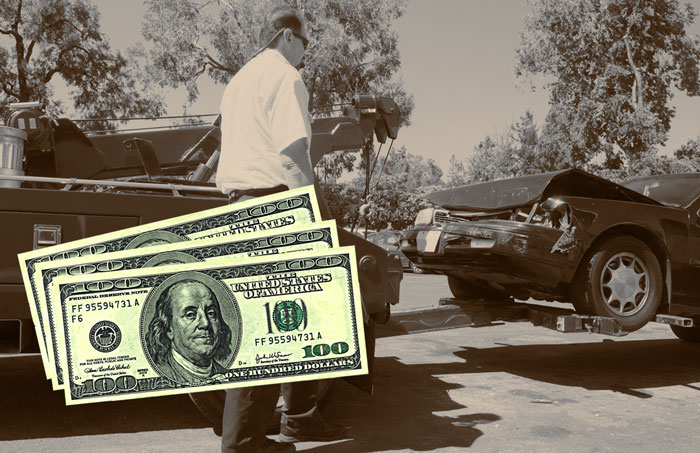


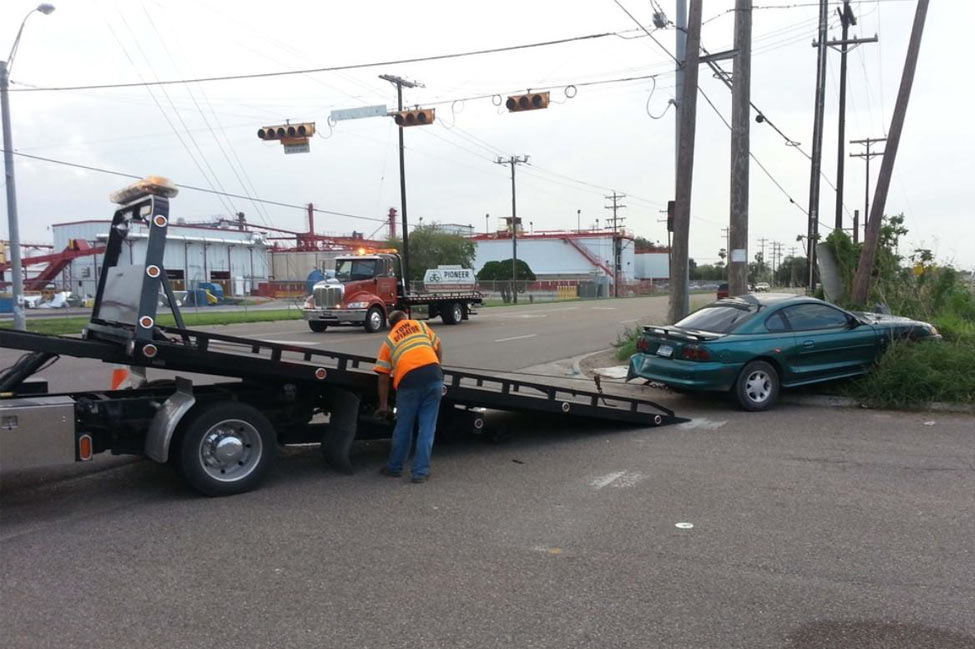
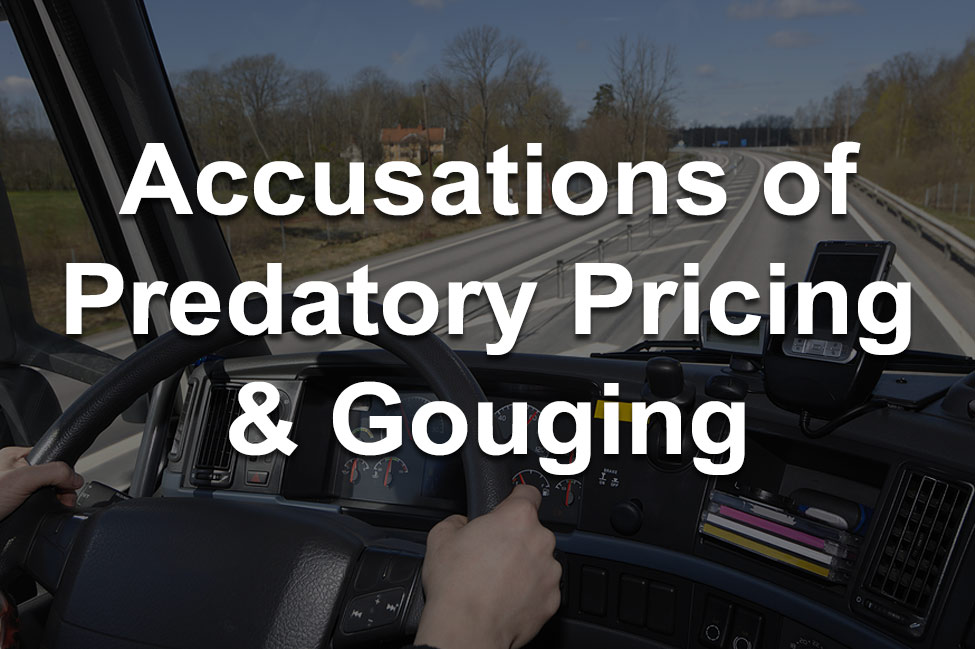


These are really some good tips to increase profit especially for those who are running towing business. Entering Expenses is very important point in this they can keep track of every thing in proper and organize way.
these are very some very cool tips which can be used by the towing companies which are barely able to make both ends meet.
these are very some very cool tips which can be used by the towing companies which are barely able to make both ends meet.
Like many other towing companies, most towing services will not add hidden charges to the customer bill or cause heavy damage to their pockets because we have an idea of how hard it is to earn. So, whenever you are in search of reliable and quick services in Houston, Sugar Land, Katy, Fulshear, Richmond, and Rosenberg just give a towing company a call, we are available 24/7 for you.
A&M Auto Repair & Collision is the answer to all your questions. For over 25 years, we have been providing stress-free and affordable auto repair services to the people in Queens, NY.